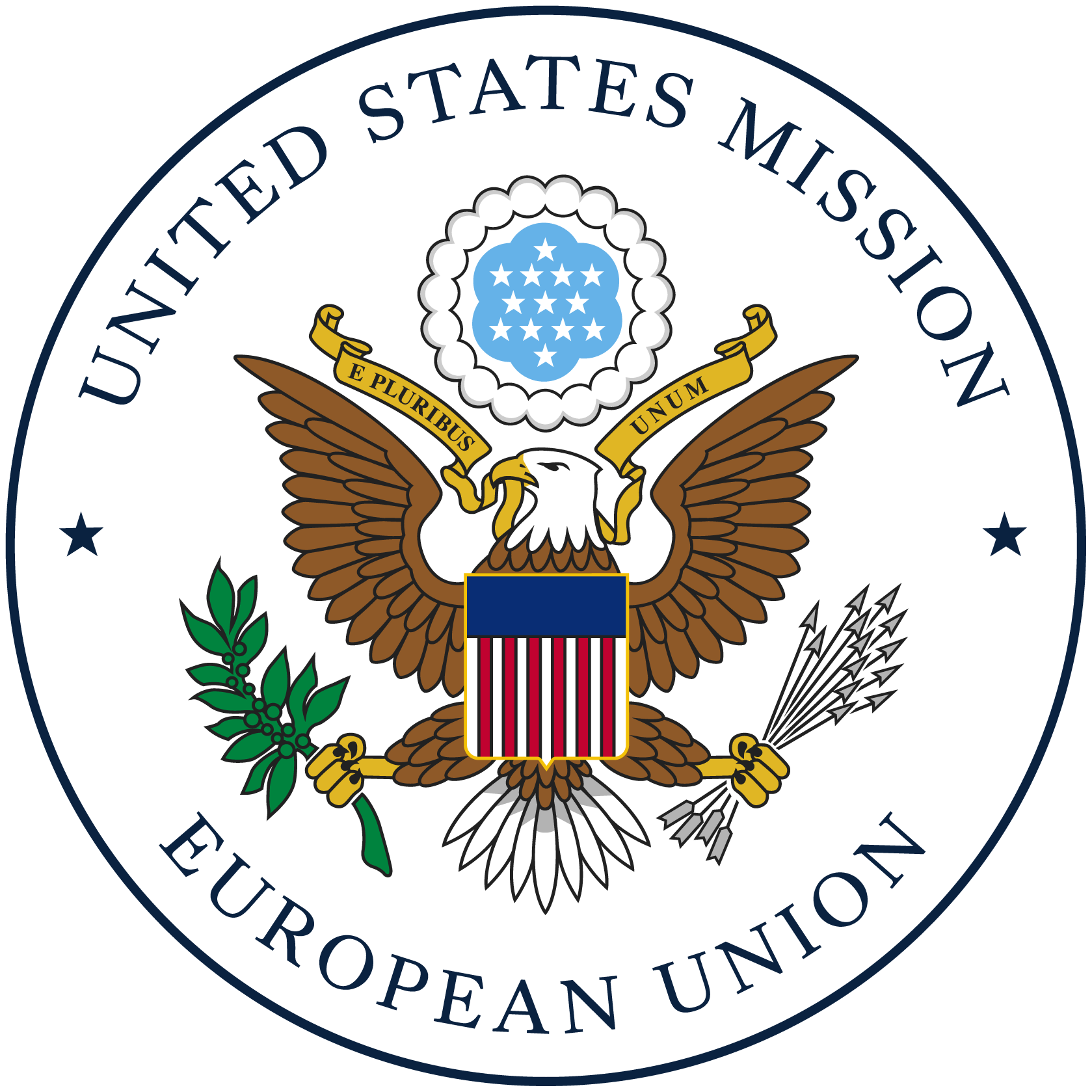On January 1, 2022, the new EU Regulation on Organic Production and Labeling of Organic Products entered into force. This Regulation outlines the objectives and principles of organic agriculture in the EU, fixes general production rules, and describes the EU’s organic production standards, control system, and labeling requirements.
With the new Organic Regulation the EU now requires trade agreements in place of equivalence arrangements. With these EU regulatory changes, the U.S.-EU equivalence arrangement will expire by January 1, 2027, five years after the entry into force of the new regulation. To avoid trade disruptions, all non-EU countries, including the United States, that are currently recognized as equivalent may revise the terms of their arrangement with the EU.
US-EU Organic Equivalency Arrangement
On February 15, 2012, the European Union and the United States announced that beginning June 1st, 2012, their respective countries’ certified organic products can be represented as such across the Atlantic. Formal letters creating the Arrangement were signed at the BioFach World Organic Fair in Nuremberg, Germany, by Dacian Cioloş, European Commissioner for Agriculture and Rural Development; Kathleen Merrigan, U.S. Deputy Secretary of Agriculture; and Isi Siddiqui, U.S. Trade Representative Chief Agricultural Negotiator. BioFach is the largest trade show for organic products in the world. In addition, the European Commission amended EC 1235/2008, to include the United States as an equivalent third country program.
This Arrangement focuses on the importance of agricultural production using organic methods in both the U.S. and EU markets. Among its aims are the reduced administrative burdens and new possibilities for trade on both sides. Previously, operations that wanted to trade products on both sides of the Atlantic had to obtain separate certifications to both standards, which meant a second set of fees, inspections, and paperwork. To prepare for the Arrangement, both parties conducted thorough on-site audits to ensure that their programs’ regulations, quality control measures, certification requirements, and labeling practices were compatible. The United States and the European Union will continue to have regular discussions and will review each other’s programs periodically to verify that the terms of the Arrangement are being met.
Under the Arrangement, the EU recognizes the USDA National Organic Program (NOP) as equivalent to the EU Organic Program (under applicable EU regulations) and allows U.S. organic products to be marketed as “organic” in the EU using the EU organic logo under two conditions:
- Tetracycline and streptomycin were not used to control fire blight in apples and pears.
- An import certificate is issued by an NOP accredited certifying agent attesting to compliance with the terms of the arrangement.
The Arrangement is limited to organic products of U.S. origin, either produced within the U.S. or where the final processing or packaging occurs within the United States.
In addition to these restrictions, all products traded under the Arrangement must be accompanied by an organic import certificate. This document states the production location, identify the organization that certified the organic product, verify that prohibited substances and methods were not used, certify that the terms of the Arrangement were met, and allow traded products to be traced.
Further details, including the letters exchanged in the Arrangement and certificate information can be found on the USDA, National Organic Program website: https://www.ams.usda.gov/services/organic-certification/international-trade/european-union
Organic Certification
The EU has implemented a system of electronic Certificates of Inspection (COI) for imports of organic products in the EU under Regulation 2021/2306. The COI has to be issued by the relevant control authority or control body before a consignment leaves a third country of export or origin, but 2021/2306 allows that the information contained in the transport document is checked and included in the certificate of inspection by the relevant control authority or control body within maximum 10 days from the issuance of the certificate, as long as it is before the endorsement of the certificate by Member State’s authorities.

